13 Iconic Horror Films From the 70s That Defined the Genre
The 1970s was a defining period for the horror genre, bringing new waves of fear and suspense to audiences. Many of these films introduced chilling plots and unforgettable characters that have become cultural touchstones. With a mix of supernatural terror, slasher thrills, and psychological horror, the decade remains one of the most influential. These films not only terrified viewers but also redefined the boundaries of horror.
This post may contain affiliate links, which helps keep this content free. Please read our disclosure for more info.
The Texas Chain Saw Massacre (1974)
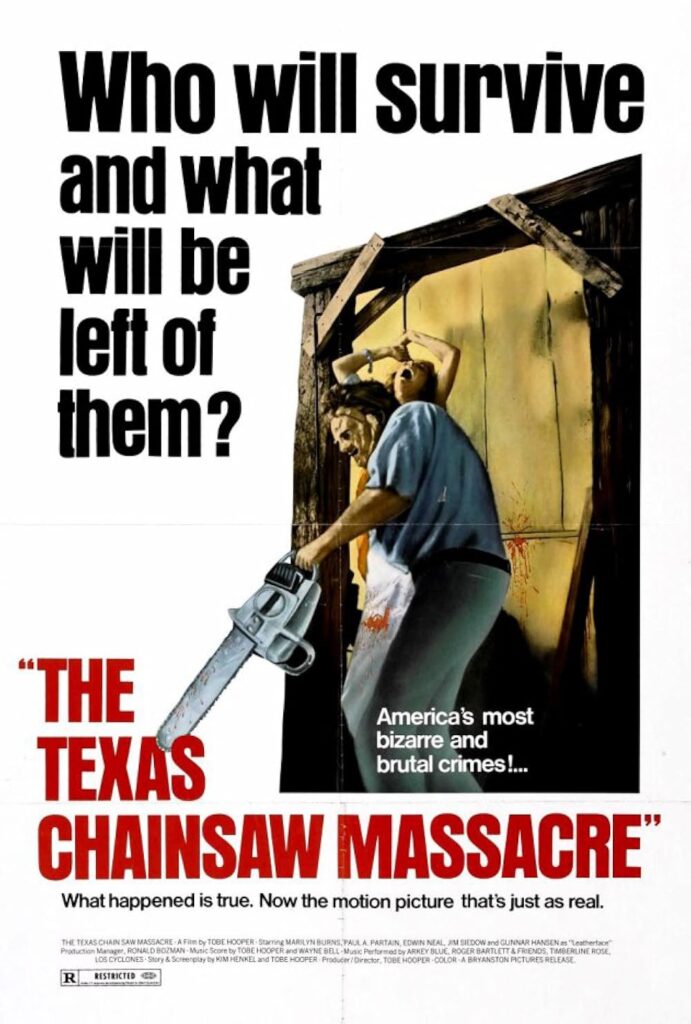
This film, directed by Tobe Hooper, is one of the most influential horror films in cinema history. It is known for its raw intensity and minimalistic approach, which left viewers both terrified and disturbed. The story follows a group of friends who encounter a family of cannibals, including the infamous Leatherface. Its gritty, documentary-like style, combined with disturbing imagery, set a new standard for horror, inspiring generations of filmmakers.
The Texas Chain Saw Massacre is not just about gore, as it taps into the primal fear of the unknown. The film’s low budget added to its realistic, unsettling feel, making it even more memorable. Though it was controversial for its violence, it became a cult classic and remains a cornerstone of horror. The film’s impact on the slasher genre is undeniable, influencing countless films that followed.
The Exorcist (1973)
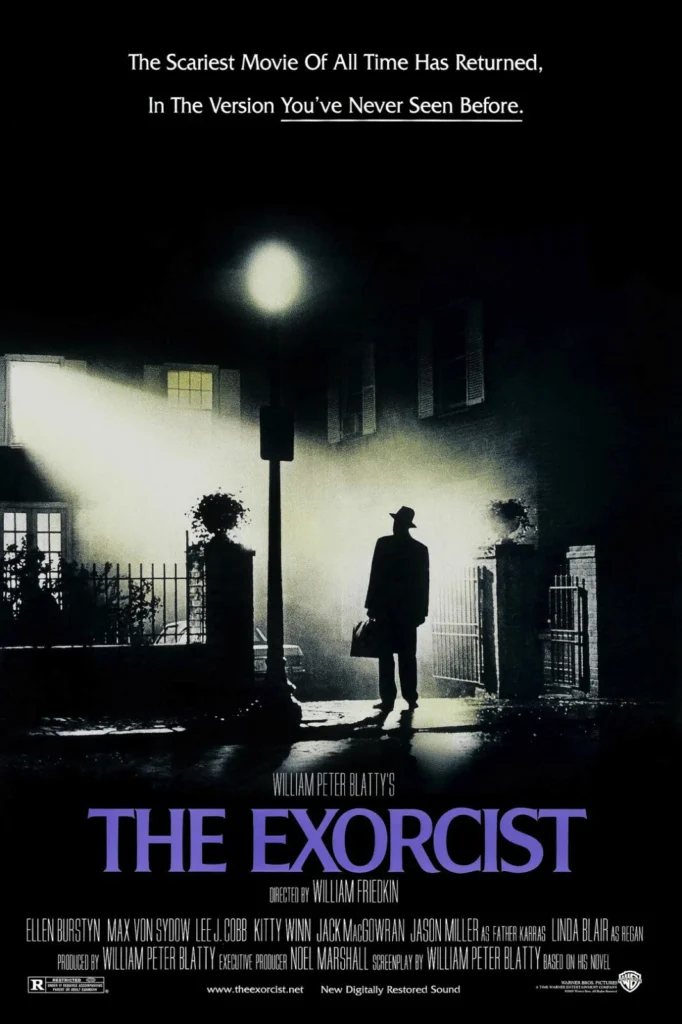
Directed by William Friedkin, The Exorcist remains one of the scariest movies ever made. The story centers around a young girl, Regan, who becomes possessed by a demonic force, and her mother’s desperate attempt to save her through an exorcism. The film’s supernatural horror and shocking visuals, like the iconic head-spin scene, terrified audiences and pushed the boundaries of what was considered acceptable in horror. Its realistic portrayal of faith versus evil struck a chord with viewers.
The Exorcist also set a new precedent for horror films, blending psychological and supernatural elements. Its success was not just in its scares but in the emotional depth it added to the characters, especially the priests. The film was a massive cultural phenomenon and garnered several Academy Award nominations. To this day, it is regarded as one of the finest horror films ever made, with its influence continuing to shape the genre.
Halloween (1978)
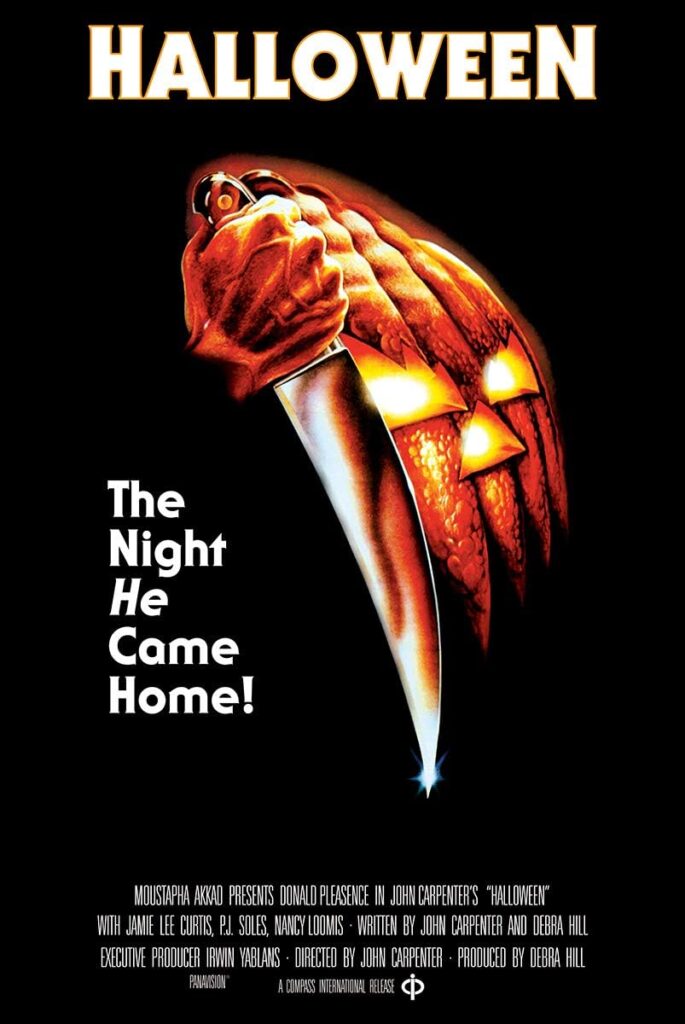
John Carpenter’s Halloween introduced one of the most iconic horror villains in film history, Michael Myers. The story, set on Halloween night, follows the masked killer as he stalks a group of teenagers in a quiet suburban town. The film’s suspenseful pacing, minimalist score, and the eerie presence of Myers helped define the slasher genre. Halloween set the template for countless slasher films, influencing the horror landscape for decades.
Halloween was a game-changer in terms of creating tension without relying heavily on gore. Carpenter’s use of lighting and shadow added to the sense of dread, making Myers appear almost unstoppable. The film also introduced the concept of the “final girl,” which became a common trope in later slasher movies. Its success led to a franchise that has spanned several sequels, remakes, and cultural references.
The Omen (1976)
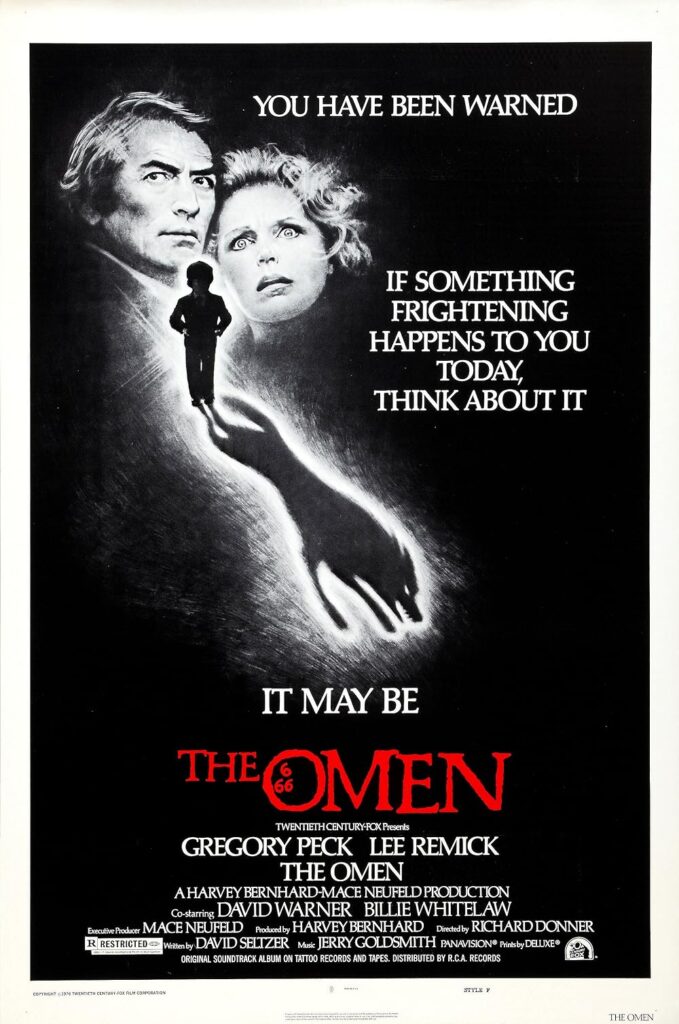
The Omen, directed by Richard Donner, is a chilling story about the Antichrist being born into an unsuspecting American family. When a couple adopts a young boy named Damien, strange and tragic events begin to unfold, leading them to believe that Damien may be the Antichrist. The film stands out for its mix of supernatural horror and psychological thriller, providing a sense of growing dread throughout. The Omen’s sinister atmosphere and shocking deaths left a lasting impact on audiences.
The film’s strength lies in its slow-building tension and the exploration of religious themes. The haunting score, composed by Jerry Goldsmith, added to the unsettling tone of the film, especially during the iconic “Ave Satani” sequence. The Omen was a major success both critically and commercially, spawning sequels and becoming a cornerstone of 70s horror. Its exploration of good versus evil continues to resonate with viewers to this day.
Jaws (1975)
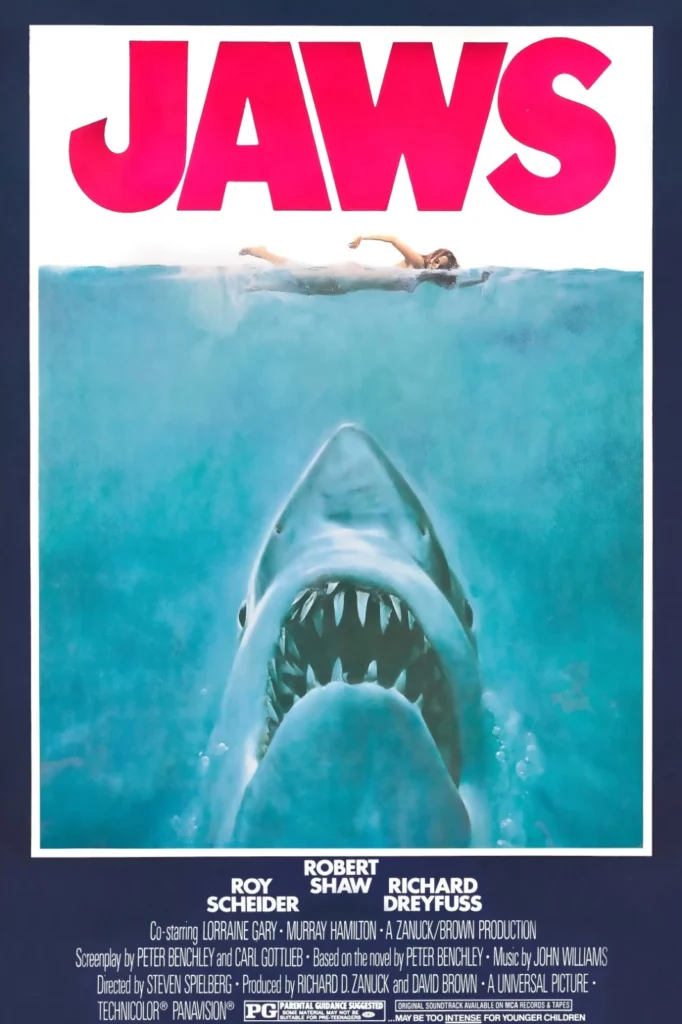
Steven Spielberg’s Jaws is often credited with creating the modern blockbuster, but it is also a masterclass in horror filmmaking. The film tells the story of a small town terrorized by a massive, man-eating shark, leading a group of men to hunt it down. The tension, created by Spielberg’s expert use of suspense, keeps viewers on edge. The famous theme by John Williams also became synonymous with impending doom.
Jaws combines horror with adventure, making it a unique entry in the genre. The film’s influence on both horror and thriller genres is immense, particularly in terms of how it handles fear and suspense. Though the shark itself was often not visible, the threat was ever-present, amplifying the terror. Its success helped launch a franchise, though the original remains a defining moment in cinematic history.
Suspiria (1977)
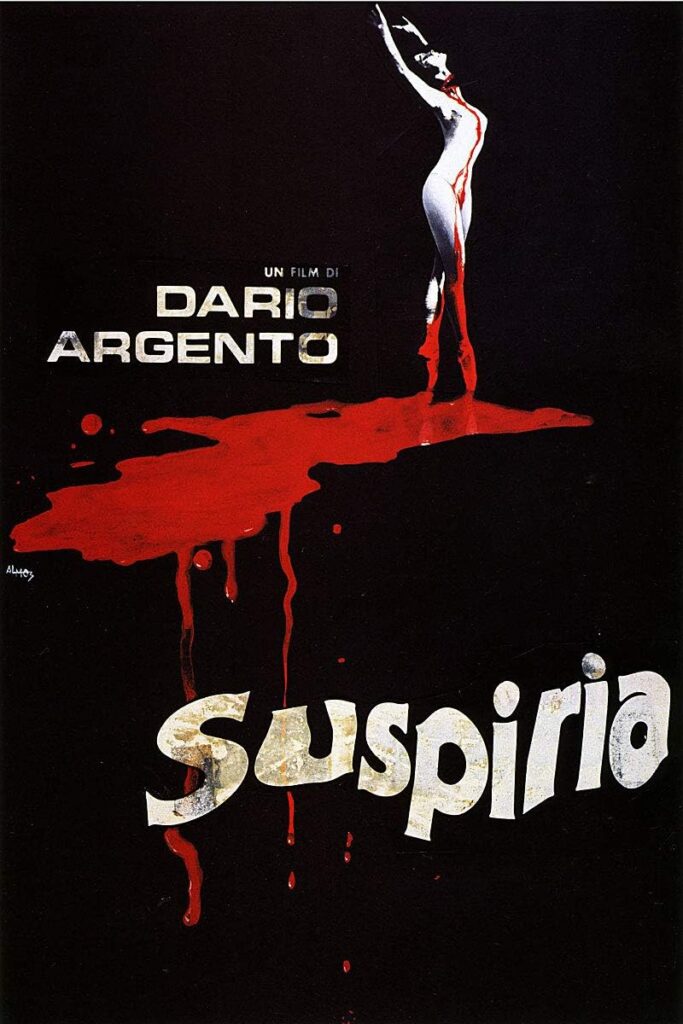
Dario Argento’s Suspiria is a visually stunning Italian horror film that blends supernatural horror with surreal aesthetics. The story follows an American dancer who arrives at a prestigious ballet academy in Germany, only to uncover a dark secret about the school’s true nature. Known for its use of vivid colors and haunting music by Goblin, the film’s dreamlike atmosphere makes it a standout in horror. Suspiria is an iconic example of the giallo subgenre, which mixes horror with mystery and thriller elements.
The film’s disturbing imagery and eerie setting create an unsettling feeling that lingers long after the credits roll. Suspiria’s influence extends beyond horror, inspiring filmmakers in genres ranging from fantasy to experimental cinema. The combination of Italian horror and art house aesthetics helped solidify Argento’s place in cinematic history. Suspiria’s legacy continues to thrive, especially after a successful 2018 remake.
Carrie (1976)
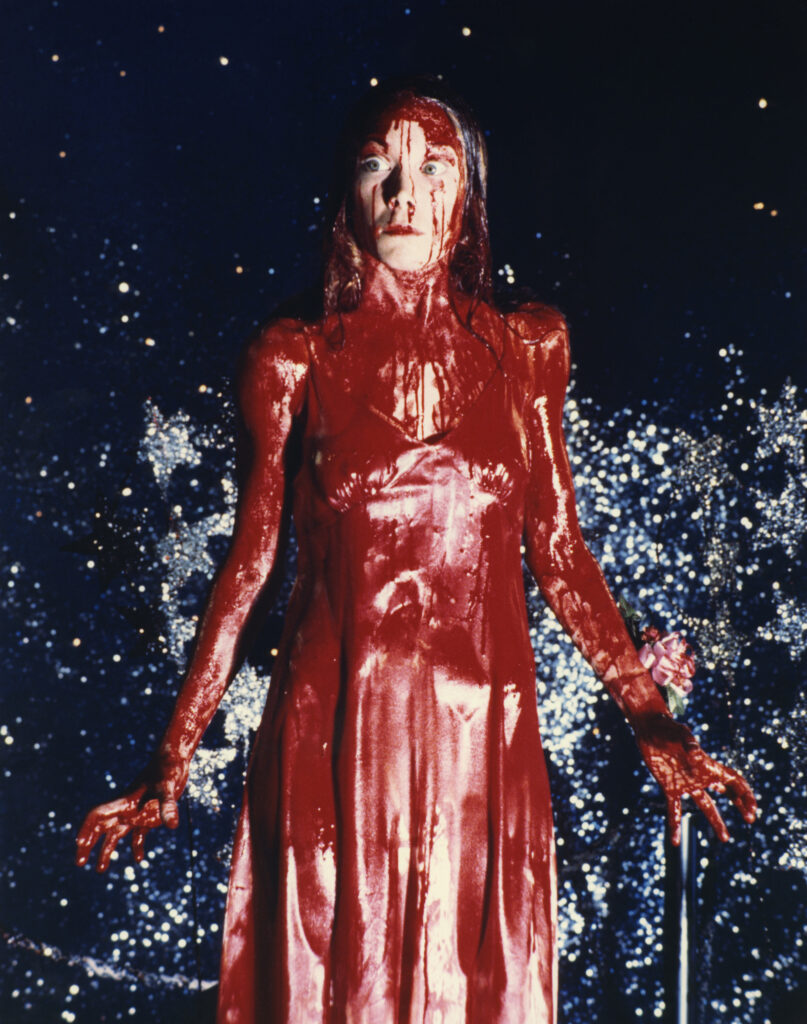
Based on Stephen King’s debut novel, Brian De Palma’s Carrie is a powerful combination of supernatural horror and teen drama. The film tells the story of a shy, bullied high school girl who discovers she has telekinetic powers, leading to a bloody and iconic prom night. Sissy Spacek’s portrayal of Carrie is both haunting and heartbreaking, making her transformation into a vengeful figure all the more terrifying. The shocking final scene remains one of the most memorable moments in horror cinema.
Carrie is also an exploration of bullying, isolation, and the abuse of power, which resonates with viewers even today. The film’s mix of psychological and supernatural horror, combined with De Palma’s innovative direction, made it a standout in the 70s. Carrie’s impact on horror can be seen in its influence on both teen horror films and stories about revenge. It remains one of King’s most successful adaptations and continues to be celebrated by fans.
Alien (1979)
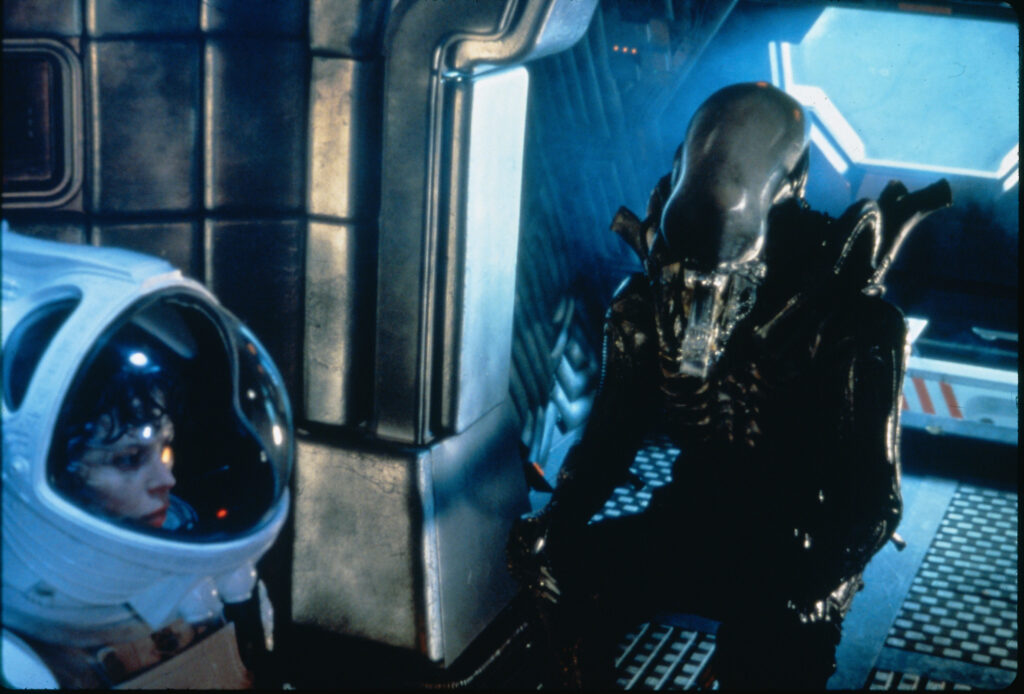
Ridley Scott’s Alien is a science fiction-horror masterpiece that forever changed the way audiences view space horror. The film follows the crew of the Nostromo, a space mining ship, as they encounter a deadly extraterrestrial creature that hunts them down one by one. Alien blends suspense with gore, creating a sense of isolation and fear that is intensified by the vastness of space. Sigourney Weaver’s portrayal of Ellen Ripley made her one of the first female action heroes in film history.
Alien’s influence on both the horror and science fiction genres is immeasurable, particularly in how it created a more grounded, terrifying take on extraterrestrial life. The film’s chilling atmosphere, coupled with the terrifying xenomorph, set the stage for numerous sequels and imitations. Alien’s ability to balance horror with deep themes about humanity’s relationship with technology continues to make it a classic. Its lasting legacy is evident in both its sequels and its impact on horror filmmaking.
The Amityville Horror (1979)
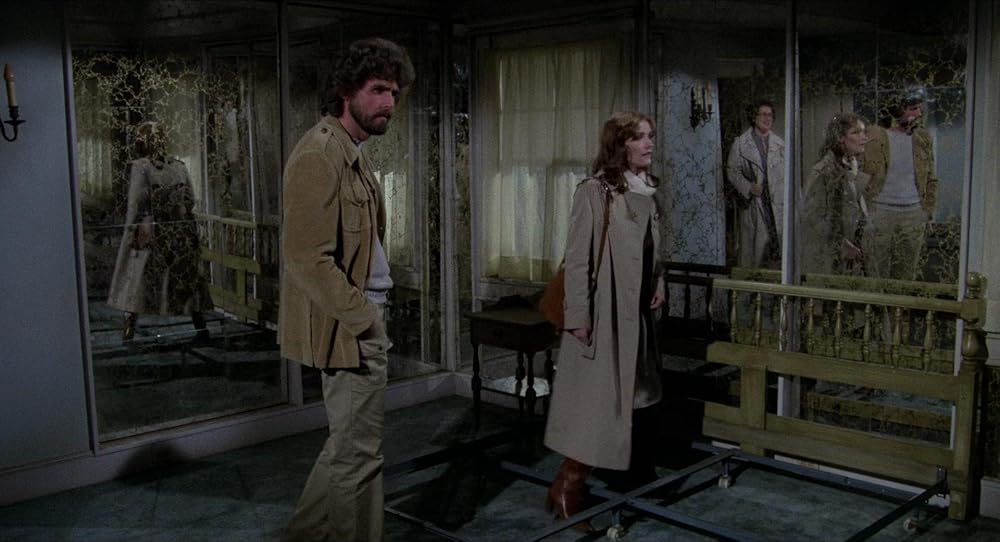
Based on a true story, The Amityville Horror follows a family who moves into a house that is haunted by a malevolent force. The film focuses on the terrifying experiences of the Lutz family after they settle into their new home, which was previously the site of a gruesome murder. The atmosphere is eerie, with moments of intense horror that build slowly, keeping viewers on edge. The film was one of the early examples of horror based on alleged real events, adding a chilling layer of realism.
The Amityville Horror became a massive success, spawning several sequels and remakes. It also helped fuel the subgenre of “based on true events” horror, which would become incredibly popular in the following decades. The house itself became iconic, symbolizing the haunting presence that the film depicted. Even years after its release, The Amityville Horror remains a key part of the haunted house subgenre in horror.
The Wicker Man (1973)
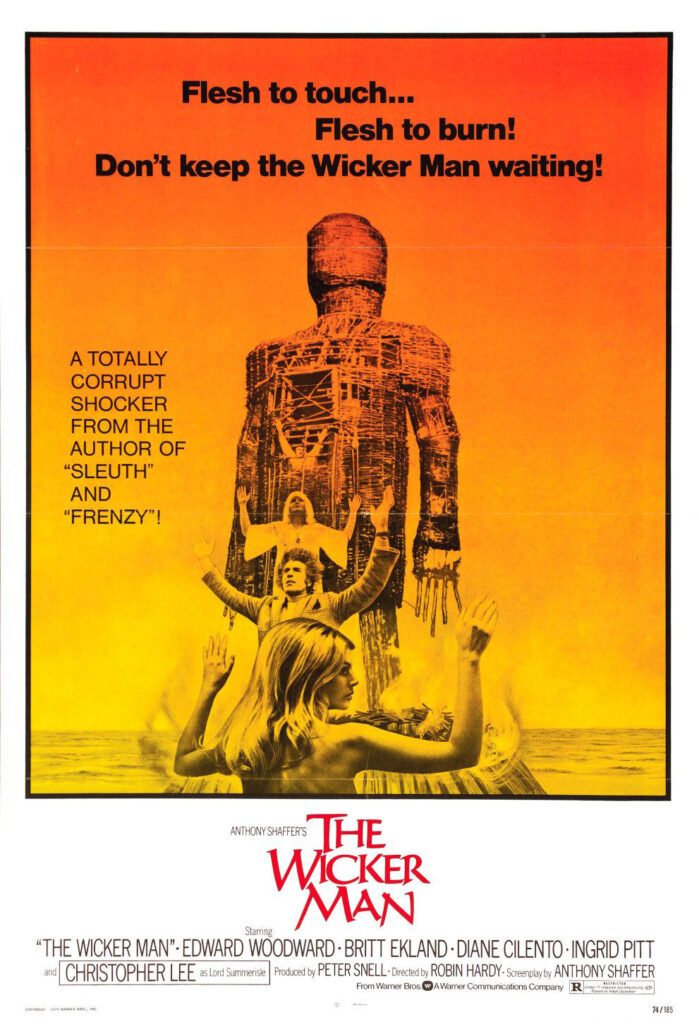
Robin Hardy’s The Wicker Man is a British folk horror film that explores themes of paganism, sacrifice, and the clash of belief systems. The film follows a police officer who is sent to a remote island to investigate the disappearance of a young girl, only to uncover the island’s dark secrets. The Wicker Man’s slow-building tension and shocking climax have made it a cult classic. The film blends elements of horror with psychological thriller, keeping viewers captivated throughout.
The Wicker Man stands out for its focus on atmosphere and its exploration of religious and cultural differences. Its folk horror elements, set against the backdrop of a small, isolated community, create an eerie sense of dread. Though it was initially released to mixed reviews, The Wicker Man has since gained recognition as one of the best examples of British horror. Its legacy continues to influence films within the folk horror subgenre.
The Last House on the Left (1972)
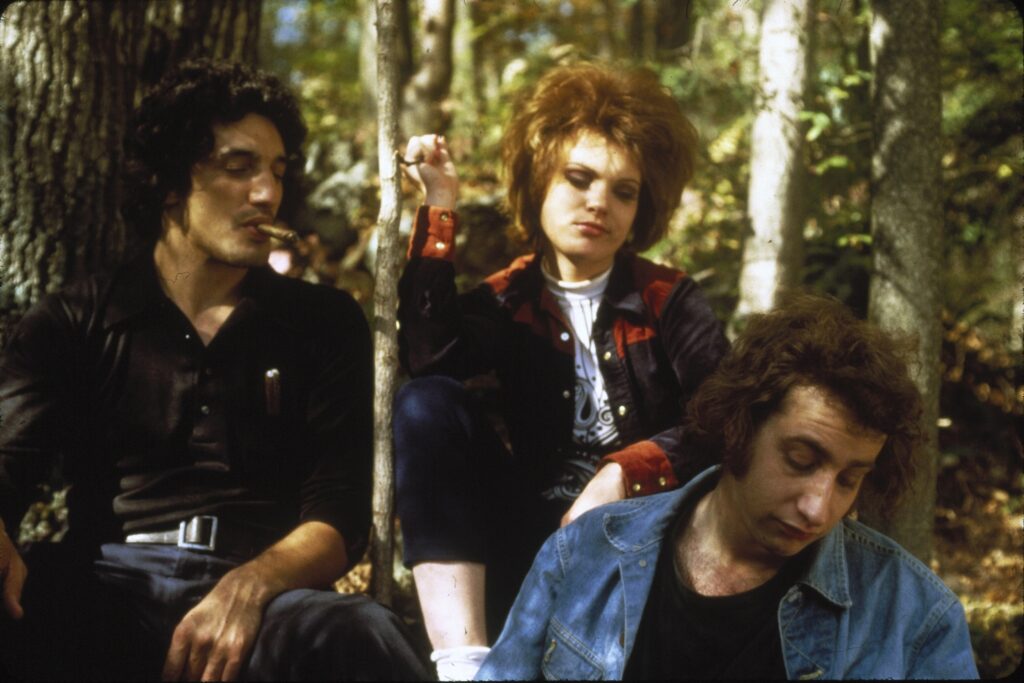
Wes Craven’s The Last House on the Left is a brutal and disturbing film that broke new ground in horror. It tells the story of two teenage girls who are abducted and brutalized by a group of criminals, only to have their parents exact a brutal form of revenge. The film’s graphic violence and raw emotional intensity shocked audiences, making it a controversial release. Its unflinching portrayal of cruelty challenged societal norms and helped define the exploitation genre.
Despite its controversial nature, The Last House on the Left was influential in shaping the horror genre. It demonstrated the power of shock value and the ability to push boundaries within film. The film’s gritty realism and disturbing tone marked a turning point in horror cinema. It remains a cult classic, admired by horror fans for its impact and lasting legacy.
Shivers (1975)
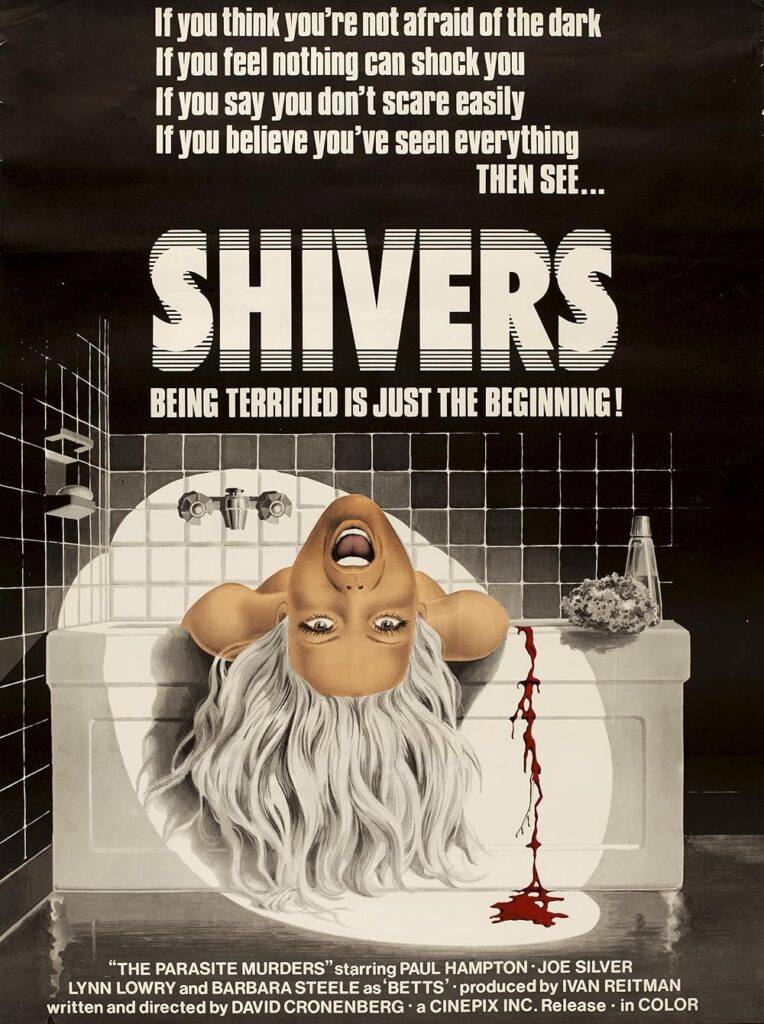
David Cronenberg’s Shivers, also known as “They Came From Within,” is a body horror film that explores the breakdown of societal norms through an outbreak of parasitic infections. Set in a luxurious apartment complex, the film follows residents who are infected with parasites that turn them into violent, sexually driven creatures. Shivers is a disturbing commentary on the fragility of the human body and the power of desire. It is one of the earliest examples of Cronenberg’s fascination with bodily transformation and infection.
Shivers marked the beginning of Cronenberg’s career in horror, setting the tone for many of his future films. The film’s mixture of psychological horror and disturbing imagery makes it an essential watch for fans of body horror. Its blend of sex and violence was controversial at the time, yet it became a hallmark of Cronenberg’s work. Shivers continues to be celebrated as a groundbreaking film that influenced the body horror subgenre.
The Hills Have Eyes (1977)
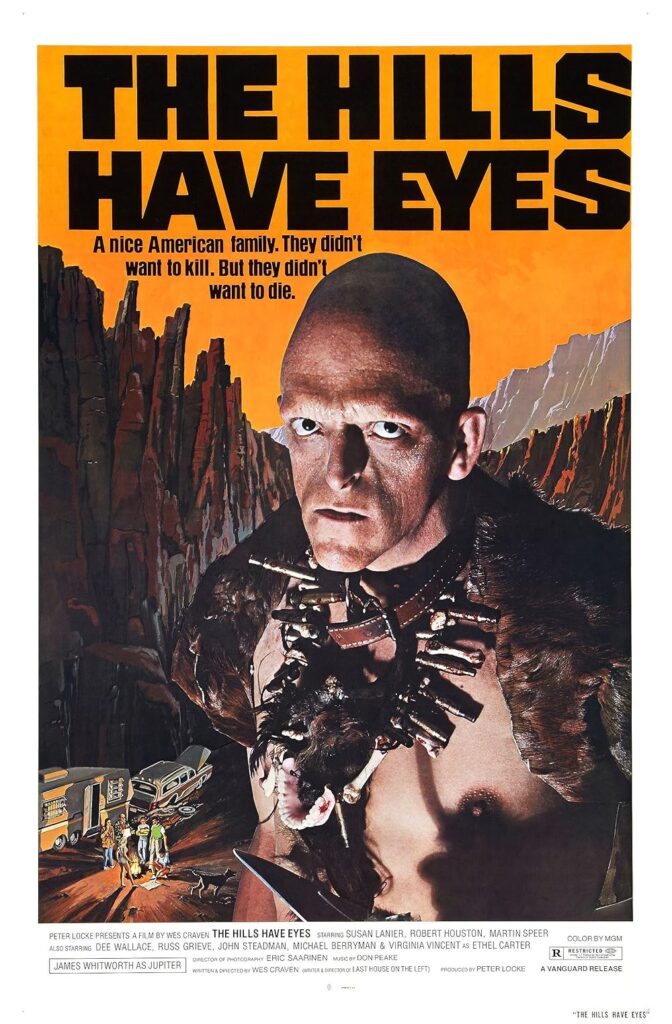
Wes Craven’s The Hills Have Eyes is a brutal survival horror film that follows a family stranded in the desert, who become the target of a group of violent mutants. The film’s raw and visceral approach to horror, coupled with its disturbing themes of cannibalism and survival, make it an intense experience. The Hills Have Eyes was one of Craven’s earliest films and set the stage for his later success in horror. The shocking violence and themes of isolation continue to make it a powerful piece in the genre.
The film is known for its stark portrayal of human nature under extreme circumstances, as well as its critique of society’s darker instincts. Its influence can be seen in later survival horror films that explore similar themes of familial bonds and the breakdown of civilization. The Hills Have Eyes remains a classic example of 70s horror, known for its tension and graphic content. It is still revered by fans of extreme horror for its intensity and lasting impact.
This article originally appeared on Avocadu.
